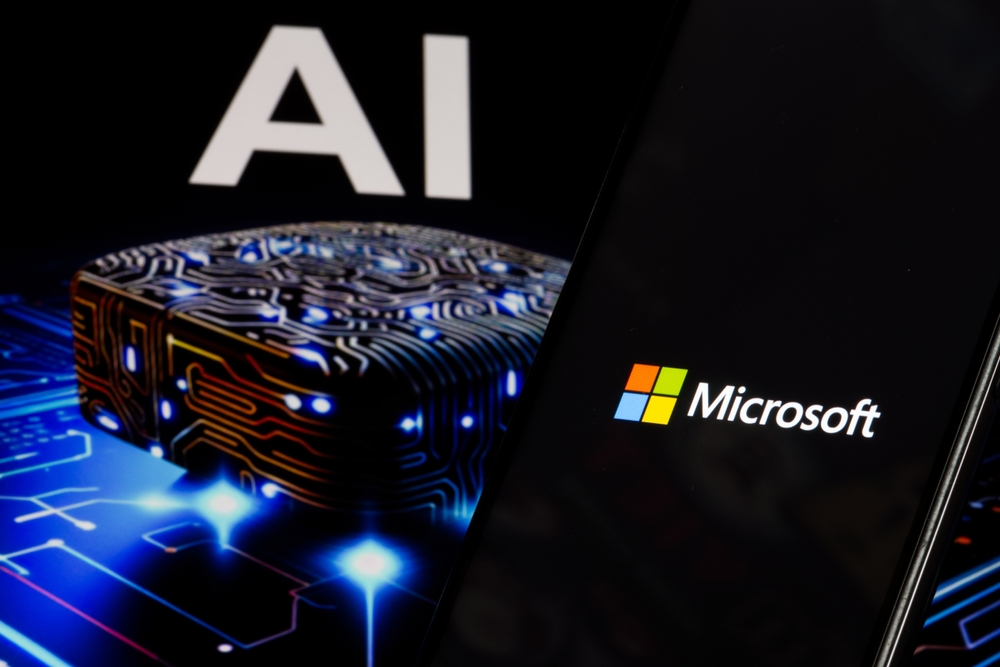
(Below the Sky/Shutterstock)
Big tech has spent the past few years racing to plug AI into everything. Microsoft has leaned heavily on outside models to fuel that push, from OpenAI’s GPT powering Copilot to a growing mix of open-source systems running on Azure. That approach helped it move fast, but now the company is signaling a new phase—one where it brings more of that power in-house.
This week, Microsoft introduced two new models built entirely by its own AI team. MAI-1-preview is a large language model (LLM) trained on thousands of GPUs, while MAI-Voice-1 delivers fast, expressive speech generation. Both are already living in Copilot. These aren’t just experimental releases. They reflect a bigger shift in Microsoft’s strategy, one focused on building AI systems that it fully owns, tunes, and scales on its terms.
Microsoft, in a blog post announcing the new models, says it wants to create technology that “empowers every person on the planet.” The aim, according to the company, is to build something helpful and grounded. Something that offers tools that can be tuned to how people actually live and work. It calls this vision “applied AI,” meant to support real needs rather than chase hype. These first models, the company says, are a step toward that longer-term plan.
MAI-1-preview is trained on roughly 15,000 Nvidia H100 GPUs. It uses a mixture-of-experts design, which routes different tasks through specialized parts of the model to boost performance and efficiency. The model is being tested publicly on LMArena, a community-run benchmarking site, and will soon begin rolling out in Copilot for select text-based features. Microsoft sees it as an important step toward building systems that can evolve over time and respond more directly to user needs.

(Shutterstock AI Generator)
The second model, MAI-Voice-1, is all about speech. It is built to generate fast, natural audio that sounds more expressive than the typical AI voice. Microsoft says it can produce a full minute of spoken output in under a second on a single GPU, which would make it one of the most efficient voice models currently available.
It is already live in Copilot Daily and Copilot Podcasts, and available for testing in Copilot Labs. Users can explore different tones, voices, and moods, including formats like storytelling and guided meditation. Microsoft sees this as a step toward making voice a more natural way to interact with its AI tools.
That consumer-first direction is a deliberate choice by Microsoft. Rather than aiming its in-house models at enterprise workloads, Microsoft is prioritizing use cases where AI shows up in everyday apps and user experiences.
“My logic is that we have to create something that works extremely well for the consumer and really optimize for our use case,” Microsoft AI chief Mustafa Suleyman. “So, we have vast amounts of very predictive and very useful data on the ad side, on consumer telemetry, and so on. My focus is on building models that really work for the consumer companion.”
Behind the scenes, Microsoft has been quietly scaling up its infrastructure to match its ambitions. The company says its next-generation GB200 cluster is now operational, giving it the kind of raw compute typically reserved for frontier AI labs. This points to a long-term investment in developing and running large models entirely in-house. It’s not just about keeping pace with demand in Copilot. It’s about having the backbone to train whatever comes next.
 While the tech giant has launched its in-house LLMS, it is not completely closing the door on external models. The company has made it clear that it plans to use the best tool for the job, whether that’s its own architecture, a partner model like GPT-4, or an open-source system.
While the tech giant has launched its in-house LLMS, it is not completely closing the door on external models. The company has made it clear that it plans to use the best tool for the job, whether that’s its own architecture, a partner model like GPT-4, or an open-source system.
This flexibility could be important, especially as AI systems spread across industries, geographies, and compliance boundaries. A hybrid approach gives Microsoft more control over how models are deployed, how data is handled, and how quickly the platform can adapt to new demands or regulations.
Microsoft’s move to build its own models comes as things get a bit more complicated with OpenAI. They’re still partners, but recent tensions suggest Microsoft wants more control over where its AI goes next. Remaining open to external models allows Microsoft to carve out a middle path. Google is going all-in on its Gemini stack, Meta is pushing LLaMA and open models, and Amazon is focused on offering a wide menu through Bedrock.
Microsoft’s strategy is different. It’s building its own models while keeping room for others, and weaving them directly into user-facing products like Copilot. If the future of AI is a blend of systems working together across contexts, this might be what that future starts to look like.

